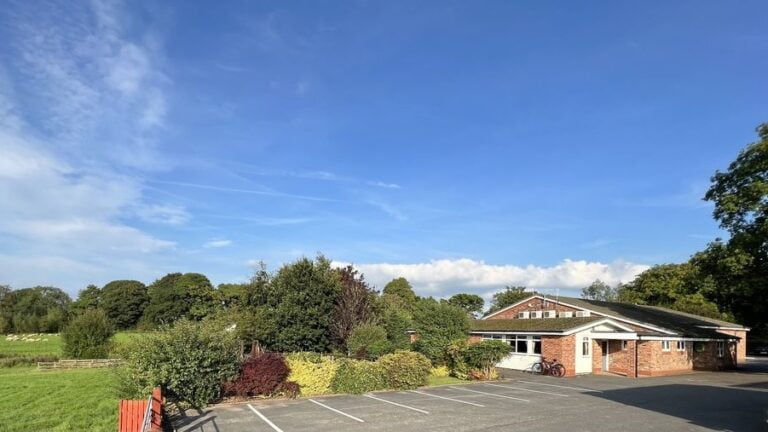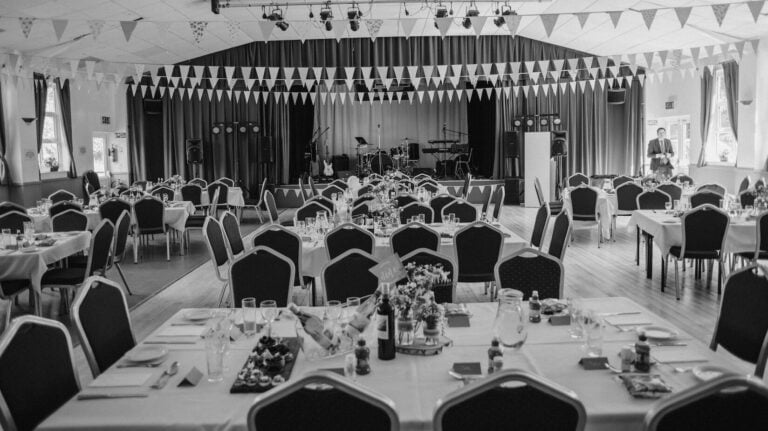About
Weddings, Parties, etc ...
Regular Activities
- Women’s Institute
- Brownie Group – 1st Mottram St Andrew
- Guide Group – 1st Mottram St Andrew
- Wednesday Club
- Mother and Toddler Group
- Music@Mottram – folk music
- Mottram Jive Club – website
- Live pop music – Live and Local
History

To the west of the Village rise the sandstone hills of Alderley Edge. Copper and lead have been mined there since the days of the Romans. Kirkleyditch Common stretches from the Village towards the hills of Alderley Edge and the ores in Mottram St Andrew are connected to the ores on the Edge. Professor Roscoe discovered Vanadium minerals in 1876, and he named these Mottramite (Pb(Cu,Zn)[ OH|VO4]) and Roscoelite used for making steel. Further information regarding mining activities in Mottram St Andrew, Alderley Edge and the surrounding areas together with details of supervised visits for the public into the Alderley Edge mines may be found on the Derbyshire Caving Club website.
The village of Mottram St Andrew has been known by many names. It is an ancient place whose origins are lost in the mists of time. It was recorded in the Domesday Book of William the Conqueror. In 1086 the Domesday Book stated that:
“Gamel holds Mottre. His father held it. There is one hide and a half rateable to the gelt tax. The land is four carucates. It is waste. There is a wood three leagues long and two broad, and two hedged enclosures and an aery for hawks.”
The passage indicates that there was enough arable land to need the services of four teams of oxen, and that it would support more than one family. It is also possible that Gamel was a Saxon. The Domesday Book is written in one hand perhaps that of a cleric from the time of Athelstan, who had grown old in the service of the Saxon king. He recorded the demise of the Saxon thegns who had held the land for so long and who were replaced by the Normans. Gamel was to see the land which his father had held, and perhaps many others of his family long before him, pass into other hands. The Anglo Saxon landed gentry had been destroyed in the sporadic fighting between 1066 and 1071.
In 1414 the village name is recorded as Mottram Andrew, linking it to a farm known as St Andrews Cottage.
In the 12th century the lands passed into the ownership of a Norman family named Motterum. The Motterum family were associated with the Manor for a long time. Edward de Motterum owned it in the reign of Henry the Second (1135-1189). Several members of that family were Bailiffs of the Forest of Macclesfield. The office was of considerable honour and consisted of executing processes, carrying the mace and receiving rents for the King. In the reign of Edward the Third (1312-1377), Adam de Motterum kept the gaol there, also Roger de Motterum, who married Joyce de Stanley of Disley, was rewarded by the Black Prince for his services in the Battle of Poitiers in 1356.

